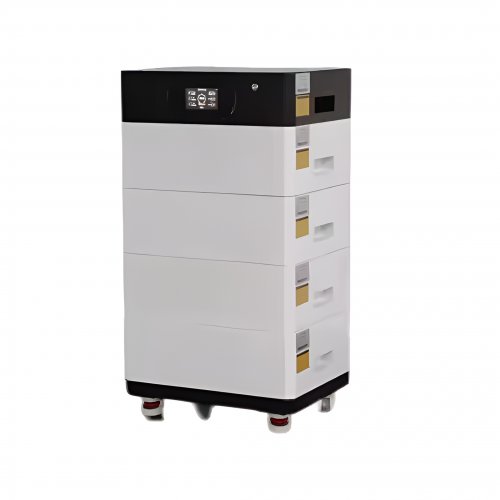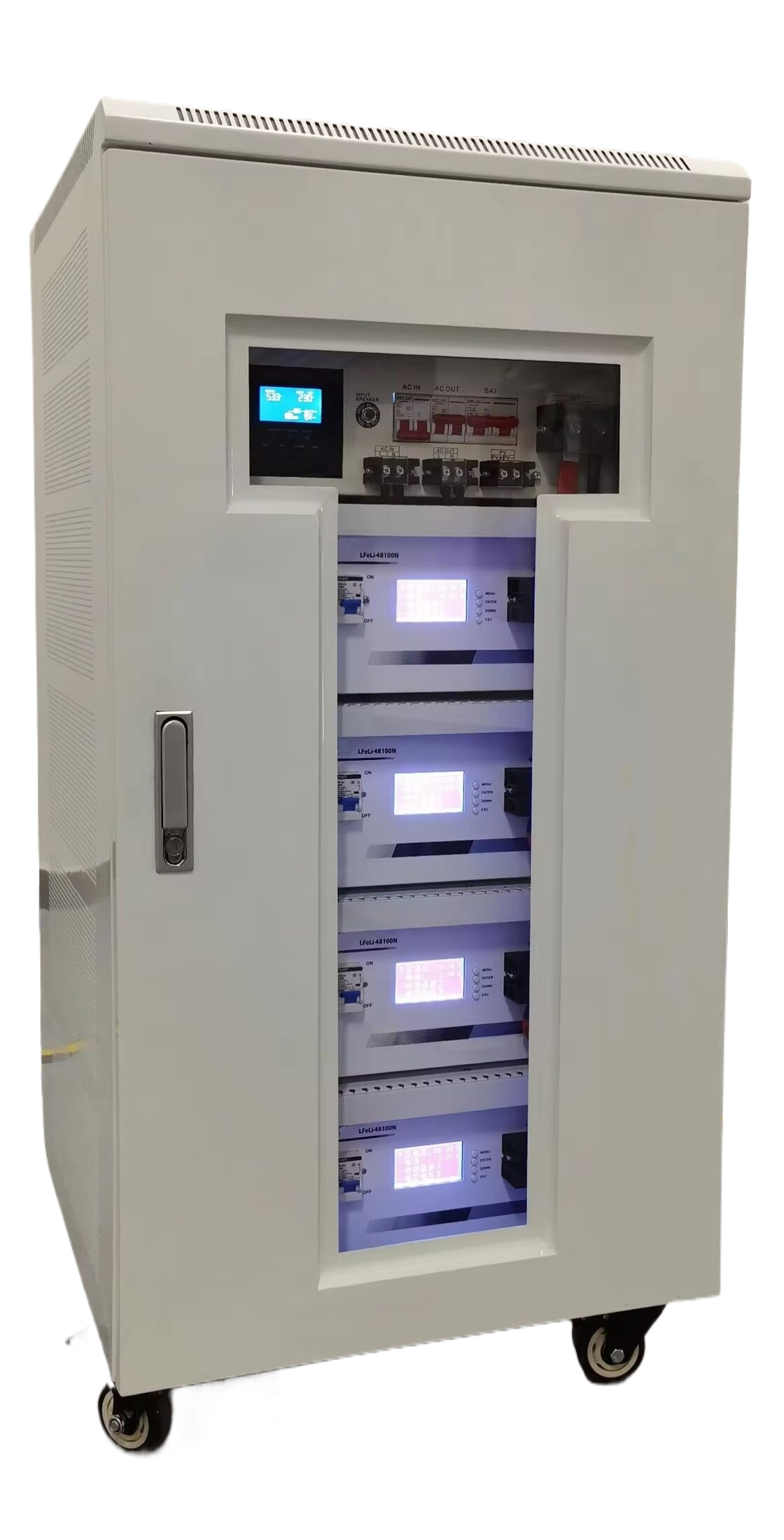Advances In Scaling Production: Novel Methodologies And Systemic Integration
The imperative to scale production efficiently and sustainably is a central challenge across manufacturing, energy, and biotechnology sectors. Traditional scaling paradigms, often linear and energy-intensive, are increasingly being supplanted by integrated, intelligent, and inherently more sustainable approaches. Recent research breakthroughs are not merely optimizing individual processes but are re-engineering the entire scaling pipeline, from foundational materials to system-wide control. This article reviews key advancements in scaling production, focusing on additive manufacturing, bioprocess intensification, and the role of artificial intelligence (AI) and digital twins.
A significant frontier in scaling complex manufacturing is the transition of additive manufacturing (AM) from prototyping to full-scale production. The primary hurdles have been throughput, material consistency, and repeatability. Recent breakthroughs in multi-agent printing systems and novel photopolymerization techniques are addressing these challenges directly. For instance, research from the University of Michigan has demonstrated a novel approach to vat photopolymerization, a high-resolution 3D printing method. By implementing a dual-wavelength system, they decoupled the printing and curing phases, which traditionally limited speed and material properties. This allows for rapid printing of a "green" part with one wavelength and its simultaneous strengthening with a second wavelength, dramatically increasing throughput without sacrificing resolution (Scott & Boydston, 2022). Furthermore, the integration of machine vision for in-situ defect detection in laser powder bed fusion systems creates a closed-loop control that minimizes waste and ensures part quality during high-volume production runs, a critical step for scaling AM in aerospace and medical implant industries.
In the biomanufacturing sector, scaling production of therapeutics, vaccines, and sustainable chemicals relies on moving from batch to continuous processes. The core technology enabling this shift is the intensified bioreactor system. Recent studies have showcased the remarkable potential of perfusion-based continuous bioprocessing. Unlike fed-batch systems, which have a finite lifespan, perfusion reactors continuously supply fresh nutrients and remove waste products and the target therapeutic protein, allowing cell cultures to remain productive for weeks. A 2023 study published inBiotechnology and Bioengineeringdetailed the use of advanced acoustic wave separation technology for cell retention in perfusion bioreactors. This method, gentler than traditional tangential flow filtration, reduces shear stress on cells and minimizes filter clogging, leading to more stable and productive long-term cultures (Thompson et al., 2023). This intensification drastically reduces the bioreactor volume required to produce the same amount of product, shrinking the facility footprint and lowering capital costs, thereby democratizing access to advanced biologic production.
Underpinning these technological advances is the transformative role of artificial intelligence and digital twins. Scaling is no longer solely a mechanical or chemical challenge; it is an immense data integration and optimization problem. AI algorithms, particularly reinforcement learning, are being deployed to autonomously discover optimal process parameters for complex reactions, a task that is often beyond human intuition and traditional design-of-experiments methodologies. For example, researchers at ETH Zurich used a Bayesian optimization algorithm to control a catalytic reaction, rapidly identifying conditions that maximized yield and minimized unwanted byproducts, a process that would have taken months of manual experimentation (Schweidtmann et al., 2021).
This data-driven approach culminates in the creation of digital twins—high-fidelity, dynamic virtual models of a physical production system. The digital twin is continuously updated with real-time sensor data, allowing for unprecedented levels of monitoring, predictive maintenance, and what-if scenario analysis. For scaling a new process, a digital twin can be used to simulate and de-risk scale-up strategies virtually before any physical changes are made to a pilot or production plant. This significantly reduces the time and capital required to move from lab scale to commercial scale, mitigating the traditional risks associated with scaling. A digital twin of a chemical plant can predict catalyst decay or fouling, scheduling pre-emptive maintenance and optimizing feedstock flow to maintain output, thus ensuring consistent production at scale.
Looking to the future, the trajectory of scaling production points towards even greater integration and sustainability. The next generation of advances will likely focus on the circular economy, where waste streams from one process become the feedstock for another, and scaling must be designed with end-of-life material recovery in mind. Biological engineering will continue to blur the lines between manufacturing and growing, with self-regulating microbial consortia producing complex materials in a single vat. Furthermore, the democratization of production through scalable, distributed manufacturing networks—enabled by advanced AM and modular bioprocessing units—could reshape global supply chains, making them more resilient and localized.
In conclusion, scaling production is undergoing a profound transformation. The convergence of advanced materials, process intensification, and AI-driven cyber-physical systems is moving the field beyond simple magnification. The new paradigm is one of holistic, intelligent, and sustainable scaling, where efficiency is baked into the design of the process itself. As these technologies mature and converge, they promise to unlock new levels of productivity while simultaneously addressing the pressing environmental imperatives of our time.
References:Schweidtmann, A. M., et al. (2021). Machine learning meets continuous flow chemistry: Automated optimization towards the Pareto front of multiple objectives.Chemical Engineering Journal, 413, 127527.Scott, P. J., & Boydston, A. J. (2022). Dual-wavelength vat photopolymerization for high-speed and high-resolution additive manufacturing.Nature Communications, 13(1), 1-9.Thompson, R., et al. (2023). Acoustic cell retention for intensified perfusion bioreactors: A study on long-term culture stability and product quality.Biotechnology and Bioengineering, 120(4), 987-1001.
Customized/OEM/ODM Service
HomSolar Supports Lifepo4 battery pack customization/OEM/ODM service, welcome to contact us and tell us your needs.


HomSolar: Your One-stop LiFePO4 Battery Pack & ESS Solution Manufacturer
Our line of LiFePO4 (LFP) batteries offer a solution to demanding applications that require a lighter weight, longer life, and higher capacity battery. Features include advanced battery management systems (BMS), Bluetooth® communication and active intelligent monitoring.

Customised Lithium Iron Phosphate Battery Casing
ABS plastic housing, aluminium housing, stainless steel housing and iron housing are available, and can also be designed and customised according to your needs.

HomSolar Smart BMS
Intelligent Battery Management System for HomSolar Energy Storage System. Bluetooth, temperature sensor, LCD display, CAN interface, UART interface also available.


Terminals & Plugs Can Be Customized
A wide range of terminals and plugs can be customised to suit the application needs of your battery products.

Well-designed Solutions for Energy Storage Systems
We will design the perfect energy storage system solution according to your needs, so that you can easily solve the specific industry applications of battery products.



About Our Battery Cells
Our energy storage system products use brand new grade A LiFePO4 cells with a battery lifespan of more than 4,000 charge/discharge cycles.



Applications in Different Industries
We supply customized & OEM battery pack, assemble cells with wiring, fuse and plastic cover, all the cell wires connected to PCB plug or built BMS.
Applications: E-bike, Electric Scooter, Golf Carts, RV, Electric Wheelchair, Electric Tools, Robot Cleaner, Robot Sweeper, Solar Energy Storage System, Emergency Light, Solar Power Light, Medical Equipment, UPS Backup Power Supply.
We can provide you with customized services. We have the ability to provide a vertical supply chain, from single cells to pack/module and to a complete power solution with BMS, etc.


HomSolar (Shenzhen) Technology Co., Ltd
























